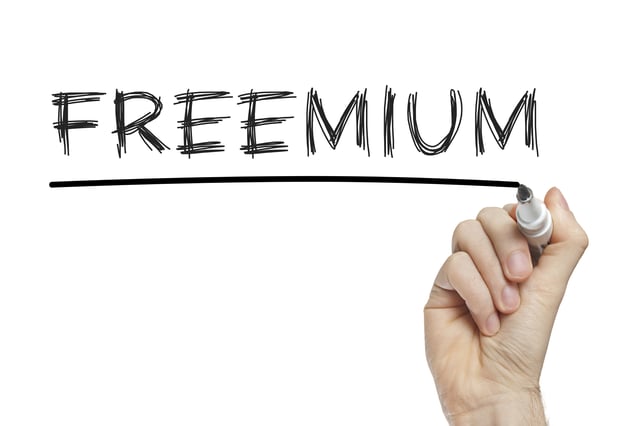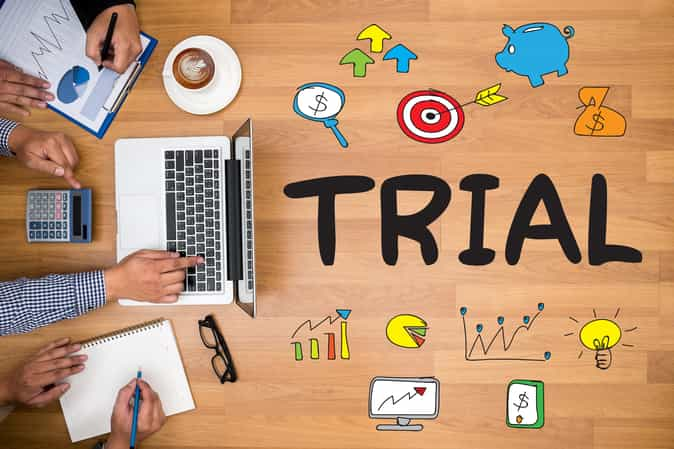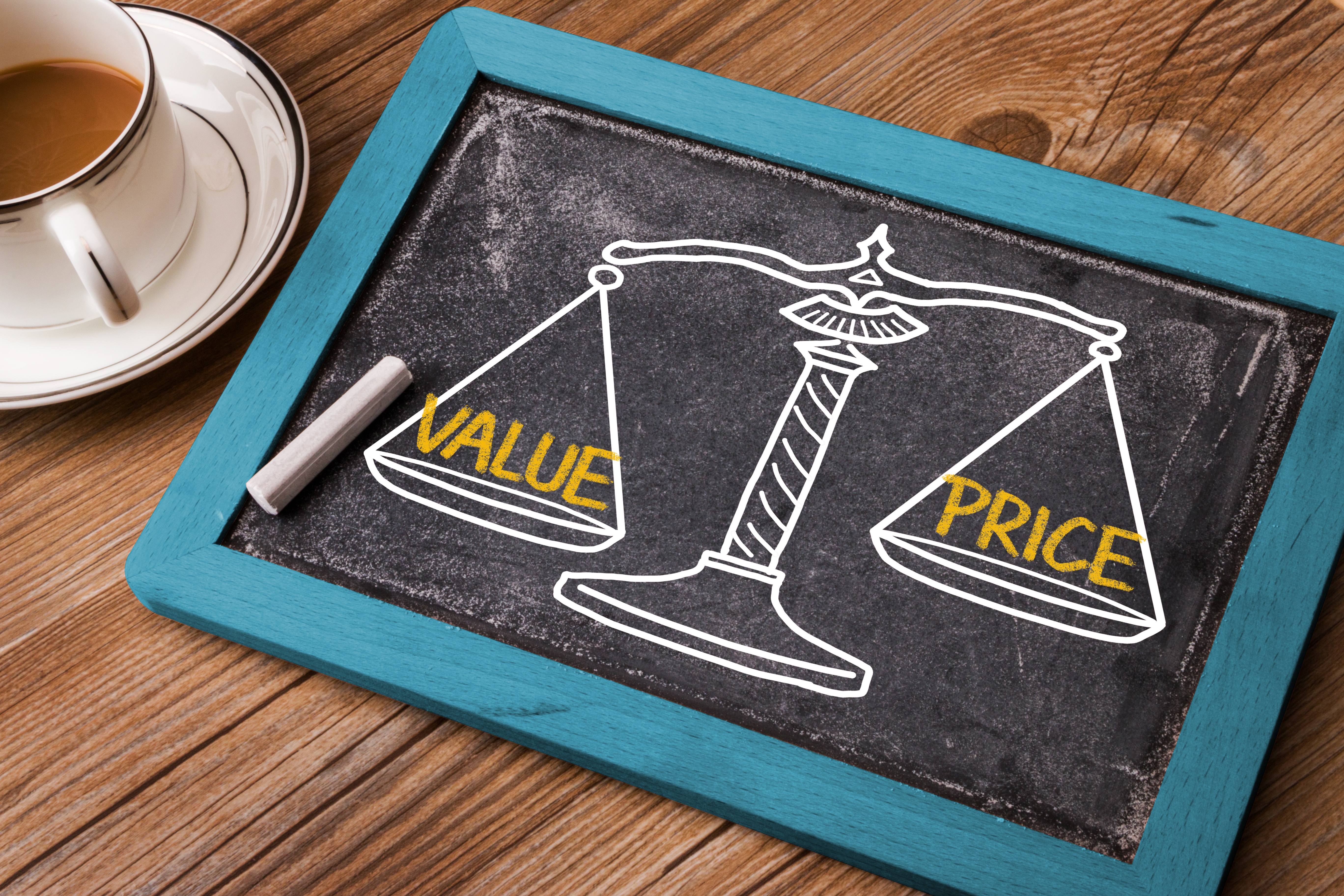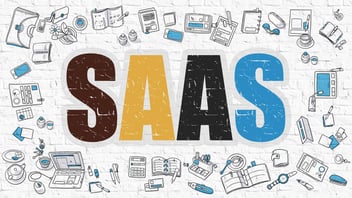Having a SaaS company isn't anything new, but making it successful is challenging. As part of your SAAS marketing strategy, get your SAAS pricing strategy right and it can lead to rapid growth so think carefully before deciding on which model is right for you.
But, before you choose, where are you positioning yourself in your market? Determining your place in the SaaSosphere is just the precursor to getting the right pricing model. But it's not always something you choose; you can't pick your pricing strategy straight off the shelf.
It must reflect your target customer and level of service. Consider and answer some of the following topics posed by Lincoln Murphy in his growth blog :
- Number of customers
- Market position
- Your ideal customer
- ROI
- Segmentation
- Customer lifetime
Your Pricing is Always at the Centre of What You Do
Pricing has the biggest impact on your revenue but only if you get it right. Sometimes, great products can fall foul of their pricing model - even big names like Twitter have found it a difficult proposition to value and monetise their software.
Take the example of Intercom, whose ambiguous pricing point had been ridiculed widely and effectively. It was accused of having too many price combinations offered too early for the user.
While having an excellent product, its price wasn't converting. Worse still, it was confusing prospects, leading to an aptly punned 'analysis paralysis'. Each of their four product options were priced the same, but individually.
There were a further two options of the basic or the pro versions - a total of 80 different combinations available. Then the kicker, another value metric to work out. Since then, it has changed a great deal, while it still has multiple options, it now attractively bundles all four products together for roughly the same price as having two of the four.
And at the centre of their pricing page is the free trial option:"Start with one product, try any product free for 14 days"
What this shows is that even a great product can stumble if it doesn't have the right pricing model in place. So Which SaaS Pricing Models Have You Considered?
Because you will have seen many different terms mentioned and not all of them have noticeable differences from each other. Kissmetrics has a good handle on them, 12 to be exact:
- Freemium
- Free Trial
- Ad Support
- Value based
- Market penetration
- Add on transaction
- Tiered Pricing
- Price skimming.
There Are Only 2 SaaS Pricing Models

Whatever you call them, when you cut through all the pricing models available and examine their differences, according to Apprenda there really are just two SaaS pricing models (of which there are many derivatives):
- Pay Per User (Number of users)
- Pay As You Go (Amount of space/storage).
With a Pay Per User SaaS pricing model the cost to the customer is generated in terms of the amount of people using the application. It doesn't matter what devices are being used, it is the number of registered users that are counted in each billing cycle.
It isn't unusual for this model to incorporate additional features, to coincide with more users. HubSpot uses this method of pricing. In a Pay as You Go SaaS pricing model charges are incurred according to the usage of resources, like storage space.
With this model the advantage is for business to be able to control their spending; only paying for resources they actually use. MailChimp is a typical adoptee of this pricing method.However your pricing model will be more complicated than just working out which one describes how your software will be utilised by your customer.
How you use them or integrate them into your own product offering can vary a lot.Perhaps the next question becomes: 'Am I going to offer a free plan or a free trial or will it just be paid?'
Common SaaS Pricing Models And What They Do
Fundamentally you will have to set out whether you are going to offer more than a single pricing option for your SaaS product. This means either a subscription-based or tiered.
Only you can work out how much your customer is willing to pay and it will vary across your entire customer demographic.You should at be clear on how your products address the needs of your target customer. A great value metric should hold these three key characteristics:
- Be easy for your customer to understand
- Be aligned to how your customer gets value in it
- Can grow alongside your customers’ usage of that value.
The Freemium Model
 The freemium model might be seen as an easy start, but it isn't as easy or straightforward as it makes out. Question: When is Freemium not Free? Answer: When it comes to SaaS Pricing Models.
The freemium model might be seen as an easy start, but it isn't as easy or straightforward as it makes out. Question: When is Freemium not Free? Answer: When it comes to SaaS Pricing Models.
This juxtaposition is right at home when it comes to SaaS pricing, and there has been an enormous shift towards freemium. The chances are you have a number of them on your smartphone right now. While the basic version is offered free, the premium product is sold.
The sold upgrade offers more features or allows more users.Freemium has grown, mirroring the analytic connectivity SaaS vendors have with their pipeline.
It can be a powerful tool for quickly capturing market share, but it isn't just freemium that rules the roost in SaaS pricing, there are plenty of other models you can use for your SaaS product.
Free Trial
A lot of SaaS vendors offer a free trial, allowing users to try out the product for a period of time. This lets them see and experience the value of the service and then influence their buying decision.
The free trial differs to the freemium version in that it's usually time-limited. It usually has a whole bunch of creative marketing surrounding the free trial period as well as encouraging you to purchase a subscription at the end of it. In broader terms this means you have a tangible time period (a time period you need to maximise) to get converted.
It can be a big ask to get users to pay straightaway for your most expensive subscription so you can offer free subscriptions for a limited time. You can do this by offering it in a couple of ways:* Basic package free - You hope they'll start using those basic features and find them useful.
Rather than overwhelming them with the full product features. When they decide to subscribe they will hopefully have an increased interest in the more expensive packages by the end of their free trial period.*
Free trial of each pricing point - The big play here is that most people would naturally be inclined to choose the most expensive (full feature) option. Not only does this demonstrate to customers the complete benefit of your product, but when it comes to purchasing, they'll be less inclined to revert to a limited features version.

You now have more chance of ensuring they go for either the most or the second most expensive option.
Free trials are part of the SaaS sales funnel and although popular, it might be surprising that nearly 56% of SaaS vendors don't provide one.It can also be one of the biggest lead generation techniques for SaaS companies.
Tiered Value PricingWhen someone has already paid for something once, they will be psychologically tilted towards paying again.But with those using free products, it's difficult to ascertain whether they even have the financial capability to upgrade to your premium product at all.
For any pricing methodology based on value, you need to be clear on what features of your product are the bare minimum. After that, start looking at what you can offer in additional capabilities.
Offering everyone, no matter what their budget, an option get in can be the link to converting them over time.According to ProductPlan anchoring your customers to a price plan helps to ensure your customer gets the best possible package.
Having different tiers and using them in the right way allows for you get easier early committal and allow time for them to get used to the value of your service.
If you are a subscription SaaS business then it follows that you will have 3-5 price tiers reflecting this greater product capability and increases in customer scale and usage.
Price Skimming
This is a tactic SaaS vendors use when setting high prices for their premium packages targeting high price clients and resulting in larger contracts. As their product develops and their yield levels out, they then repackage their product to attract the more price-sensitive segment of the market.
While this method isn't great for a young start-up company as it can be a risky, all or nothing approach, it is good if your product is either considered revolutionary or if you are an established big player with a healthy customer base.
Apple, is a good example of how price skimming works during the rollout of their new products. In the SaaS world, Salesforce was a keen proponent of it. But price skimming can be time sensitive.
Over time, however revolutionary your product is, others will enter the market providing competition. And if you are selling at a premium, then you will be undercut on pricing.
Market Penetration
The most competitive option is to attempt to penetrate the market as pitched by Tomasz Tunguz in his SaaS blog.
This means starting with an initial low price in order to gain a dominant share of it. Low pricing lends itself well to new SaaS start-ups trying to get in, but it doesn't stop there.
Successful penetration will lead to developing wider adoption and then lead to expansion, which in turn will lead to higher pricing. The most important aspect to keep in mind is that without a big enough market share, your SaaS product might not be able to lever enough sales to make it to the expansion stage.
Expanding your market share over a given time period is critical to longer-term viability.
Updating Your Pricing Model

As a start-up SaaS company your prices will not stay the same indefinitely. You will either have a huge demand for your product, in which case you can afford to tweak it upwards.
Or you will find it difficult to monetise, which means you'll have to lower it, or change how you explain your value proposition.Either way, it means regularly reviewing and updating your pricing model and the longer you wait to change your pricing, the harder that implementation becomes.
Pricing is right at the centre of your business. Without looking at your pricing model as regularly as you are looking at your marketing, traffic and support analytics, you might be leaving value on the table.Just as Intercoms did, revisiting your pricing plan can make a huge difference in subscription numbers.
Which pricing model is right for you?
The pricing examples above are not mutually exclusive, they can, and often are combined with each other. The right model for you is usually based on the type of SaaS company you are and how your product works.
Every SaaS company is different, offering a different niche in an ever-changing market. It isn't a given that what works well for one company will work for another.
Your pricing model will reflect how your customers engage with your product, its specific offering and the anticipated churn rate. Consider how your customers gain value and whether your product will appeal to multiple customer segments.
Can you scale it up from a single user to multiple users? This will dictate how you monetise your SaaS product through both your marketing, pricing, customer feedback, product development and the frequency of your updated pricing models.




.jpg?width=352&name=timg%20(2).jpg)
